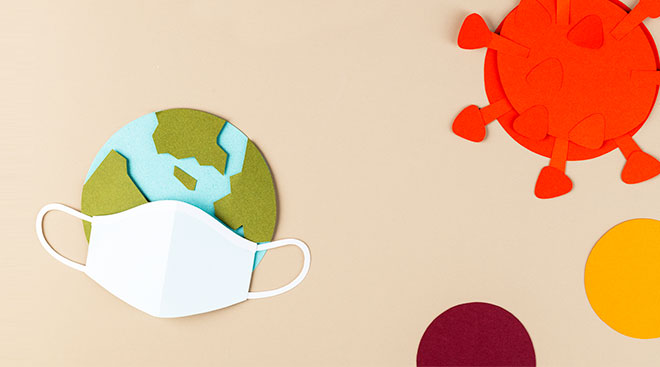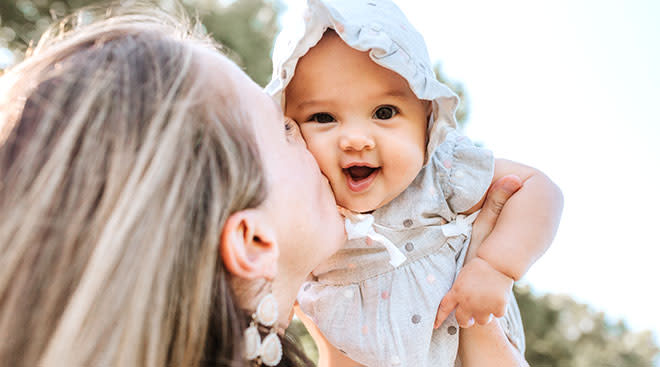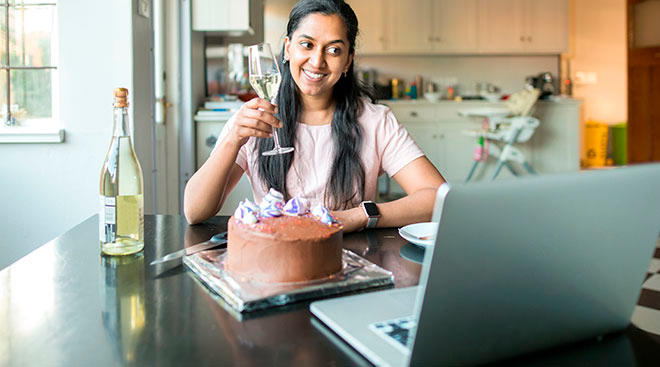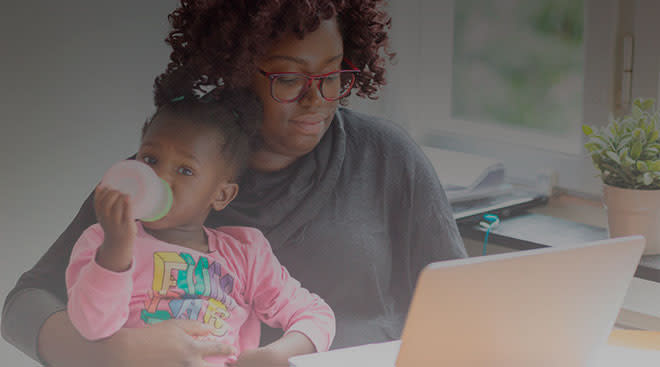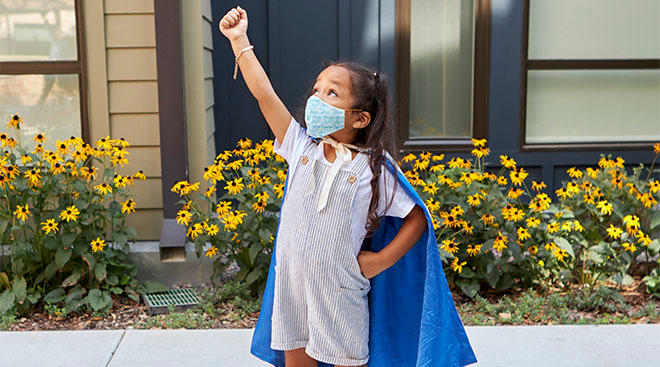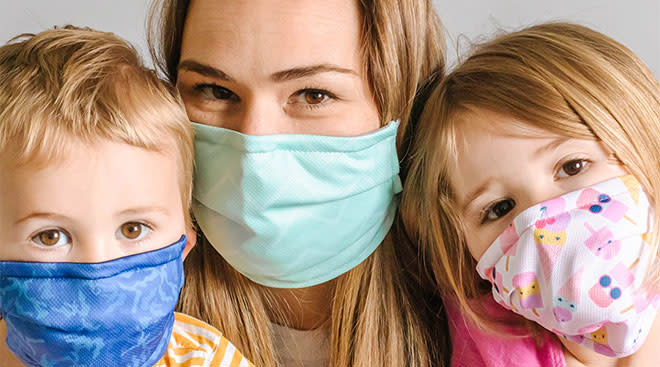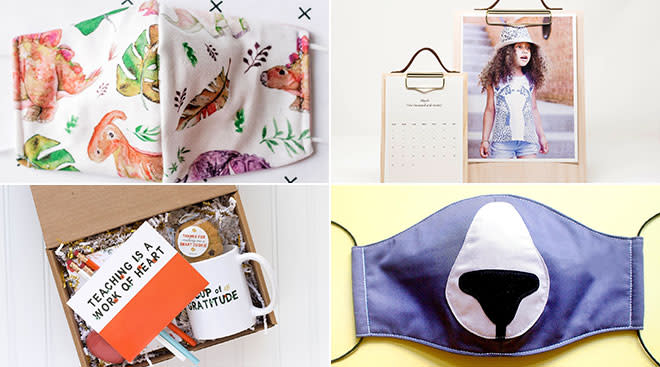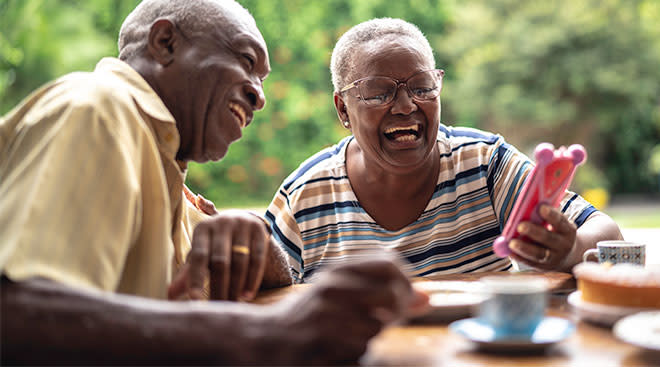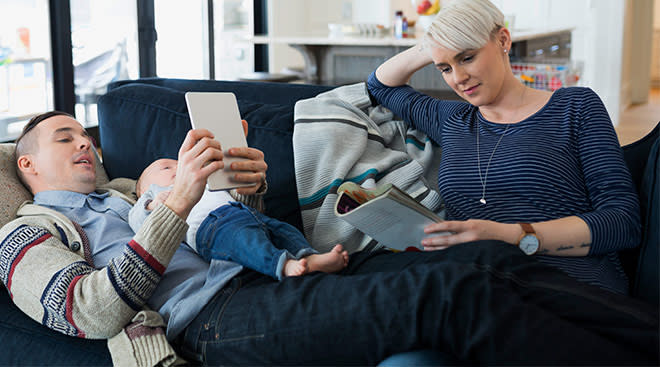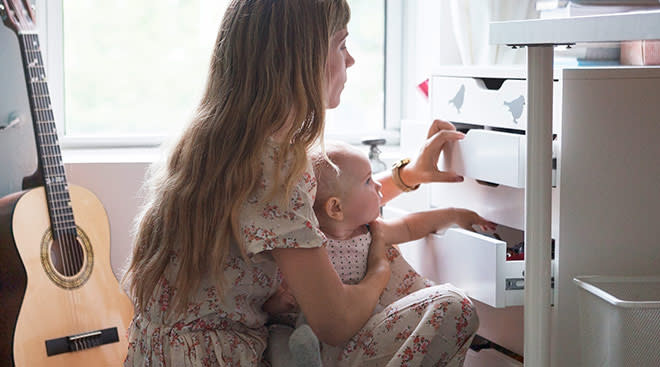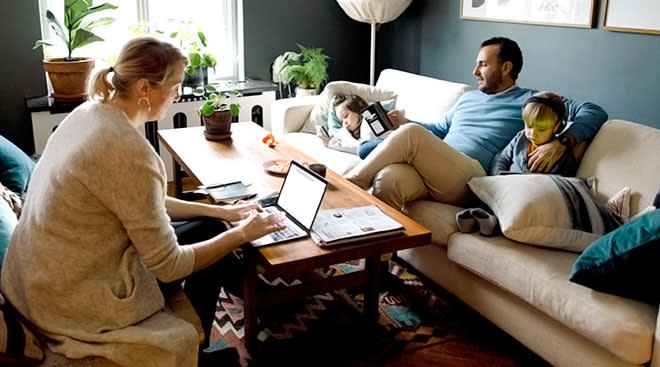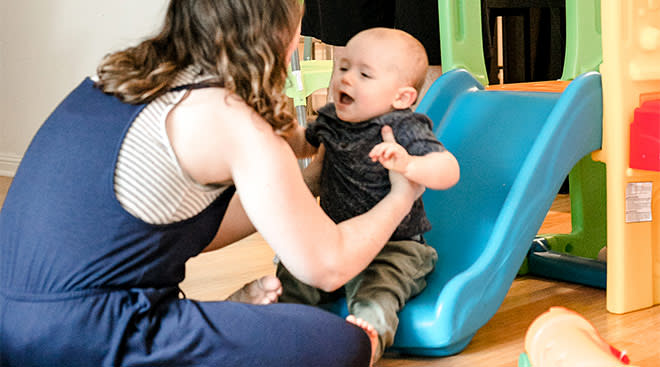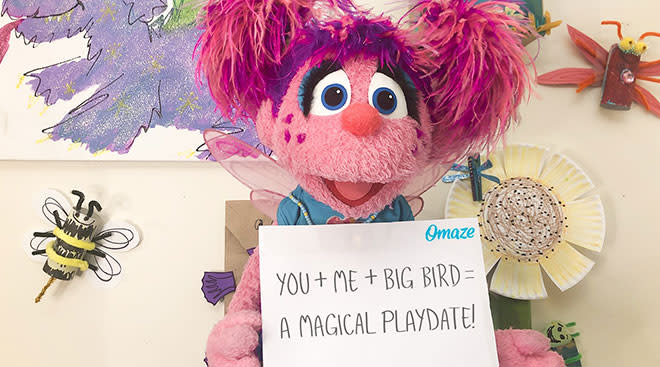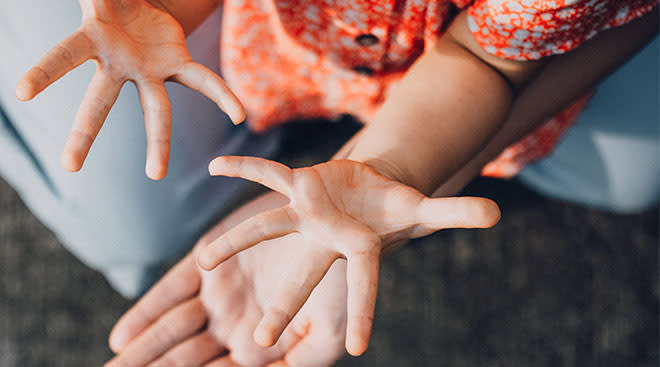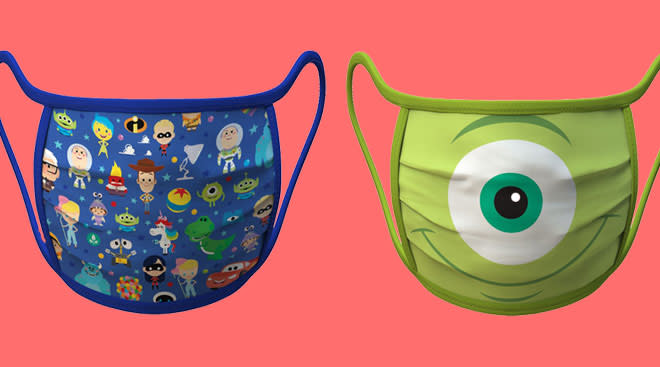Pediatricians’ Top 5 Tips for Getting Toddlers to Wear a Face Mask
With COVID-19 still on the rise in many states, the Centers for Disease Control and Prevention (CDC) continues to recommend that all children 2 years and older wear face coverings in public. But for parents of toddlers, this recommendation is often easier said than done—getting a 2-year-old to brush their teeth is hard enough, let alone wearing a mask over their nose and mouth for more than a few minutes. So what’s a parent to do? Here are our top tips to help young kids wear face masks comfortably.
The good news is that you can skip the face mask battle when you can stay 6 feet away from others, like on hikes, in empty fields in the park and at home, assuming nobody at home has COVID-19. If your child needs to go to places where they’ll be in close contact with others (like the doctor’s office or grocery store), then the face mask needs to be worn to protect your child and others in close contact with them. Since little ones are concrete thinkers, reinforce that the face mask needs to be worn at certain times, giving them specific time-frames and goals, but that it’s not permanent and can be taken off when it’s safe to do so.
Young kids love being just like their parents and older siblings! They don’t like change and prefer to stick to a routine—but you can use this to your advantage by making wearing your own face mask part of the usual routine, without any big fuss, when leaving your home. Show your child how you put on your face mask properly (placing the covering securely over the nose and mouth, stretching it from ear to ear and not wearing it under your nose, around your neck or hanging from around one ear). Show them how wearing a mask doesn’t hurt, and give them the choice of having you help put on their mask or doing it all by themselves.
Explain to your child why they need to wear the face mask and help them be a part of the decision-making process (remember how toddlers love their independence!). Often young children have a million “why” questions. Explain to them in simple terms that wearing face coverings helps to stop the spread of their germs to others and other people’s germs to them when sneezing or coughing. Just like when they’re told to sneeze into their elbows or a tissue, wearing a face mask stops germs from spreading and making you and others sick.
Have them make a face mask for a favorite stuffed animal or practice putting on the face mask on their favorite toy. You can also draw face coverings on characters in their favorite books, or watch videos together of familiar characters, like Elmo, wearing their face mask. Then practice putting on a matching face mask on your child. Having them see themselves in front of the mirror, and emphasizing that it might feel different but won’t hurt them and is temporary, will help ease their fears.
Let’s face it, toddlers have strong opinions! Telling them they need to wear a mask—but still giving them some power to control the situation—goes a long way in children. You can let your little one choose the color or pattern of their mask (there are tons of cute options out there) or decorate it themselves with markers to help get them excited about wearing their mask.
About the experts:
Dina DiMaggio, MD, is a pediatrician at Pediatric Associates of NYC and at NYU Langone Medical Center. She has received numerous research awards, along with Patient’s Choice award, compassionate doctor recognition and was featured in the New York Times Magazine as a Super Doctors and New York Rising Star. She and Anthony Porto are coauthors of the book The Pediatrician’s Guide to Feeding Babies and Toddlers.
Anthony Porto, MD, MPH, FAAP, is a pediatrician and pediatric gastroenterologist at Yale New Haven Children’s Hospital and the medical director of the Yale Pediatric Celiac Program. He’s also an associate professor of pediatrics and associate clinical chief of pediatric gastroenterology at Yale School of Medicine. He has won numerous awards including the Norman J. Siegel Award at Yale University for leadership and providing outstanding clinical care as well as Physician of the Year during his time at Morgan Stanley Children’s Hospital. He has been named Castle Connolly Top Doctors since 2012.*
Please note: The Bump and the materials and information it contains are not intended to, and do not constitute, medical or other health advice or diagnosis and should not be used as such. You should always consult with a qualified physician or health professional about your specific circumstances.
Plus, more from The Bump:
Navigate forward to interact with the calendar and select a date. Press the question mark key to get the keyboard shortcuts for changing dates.
































